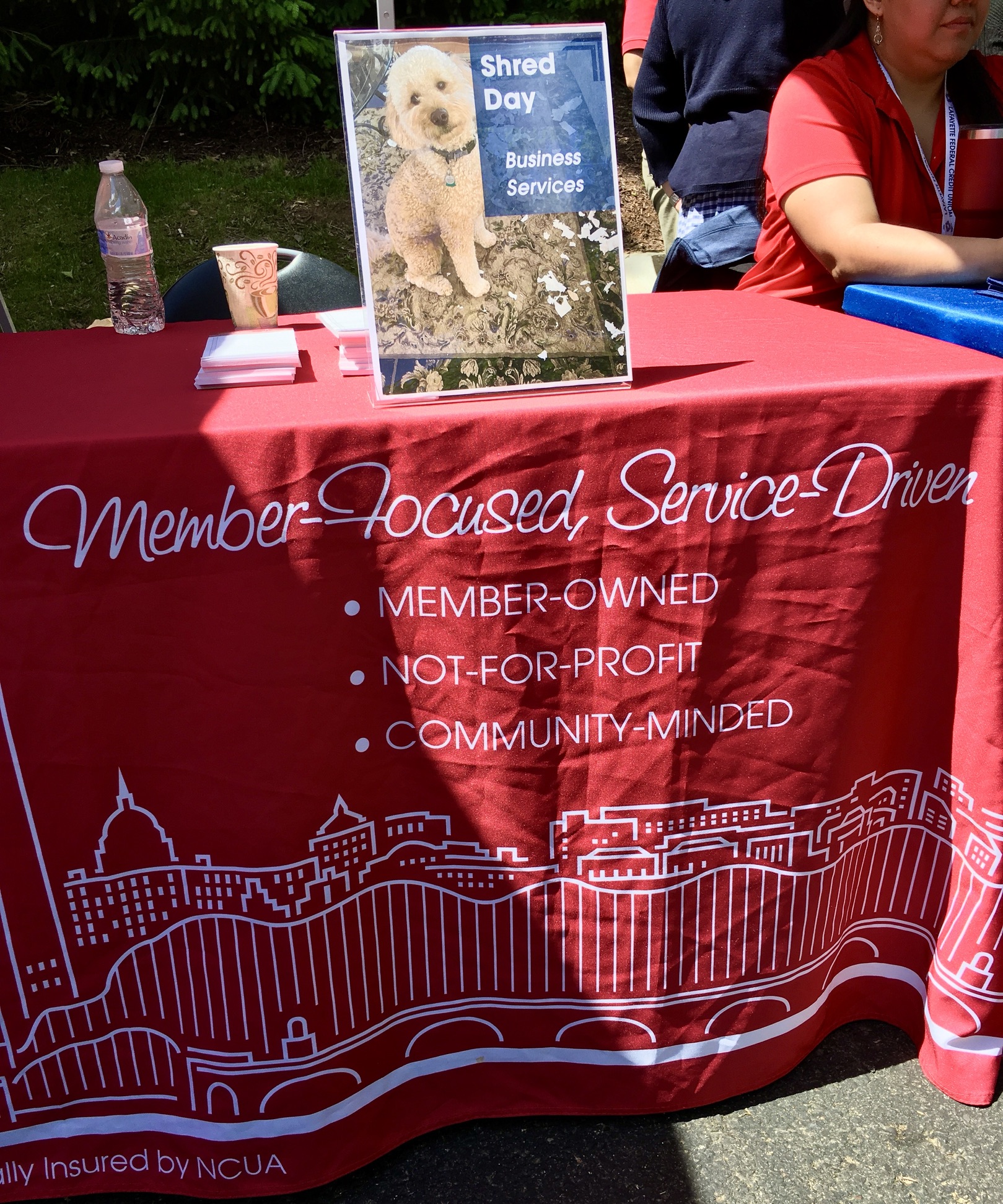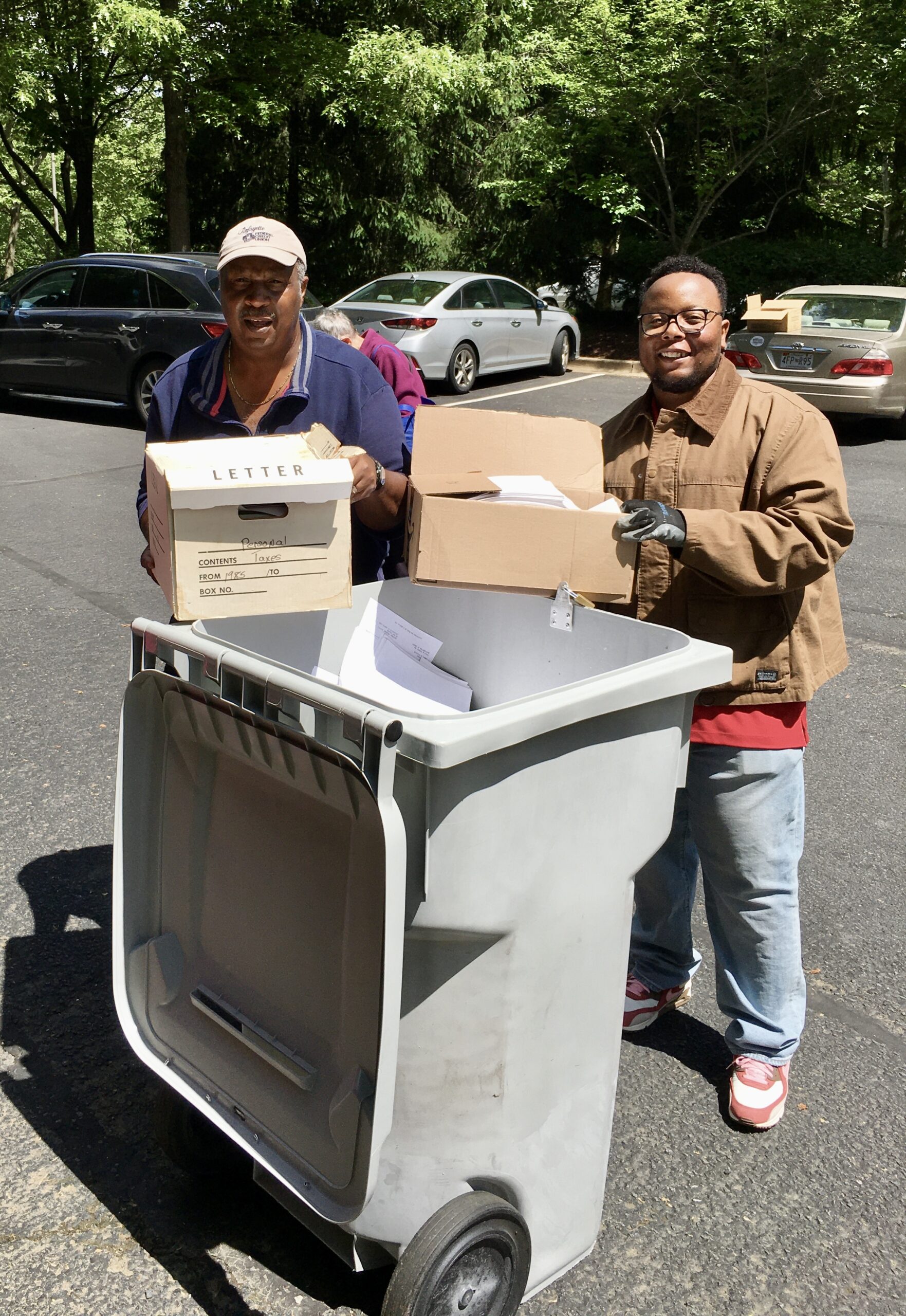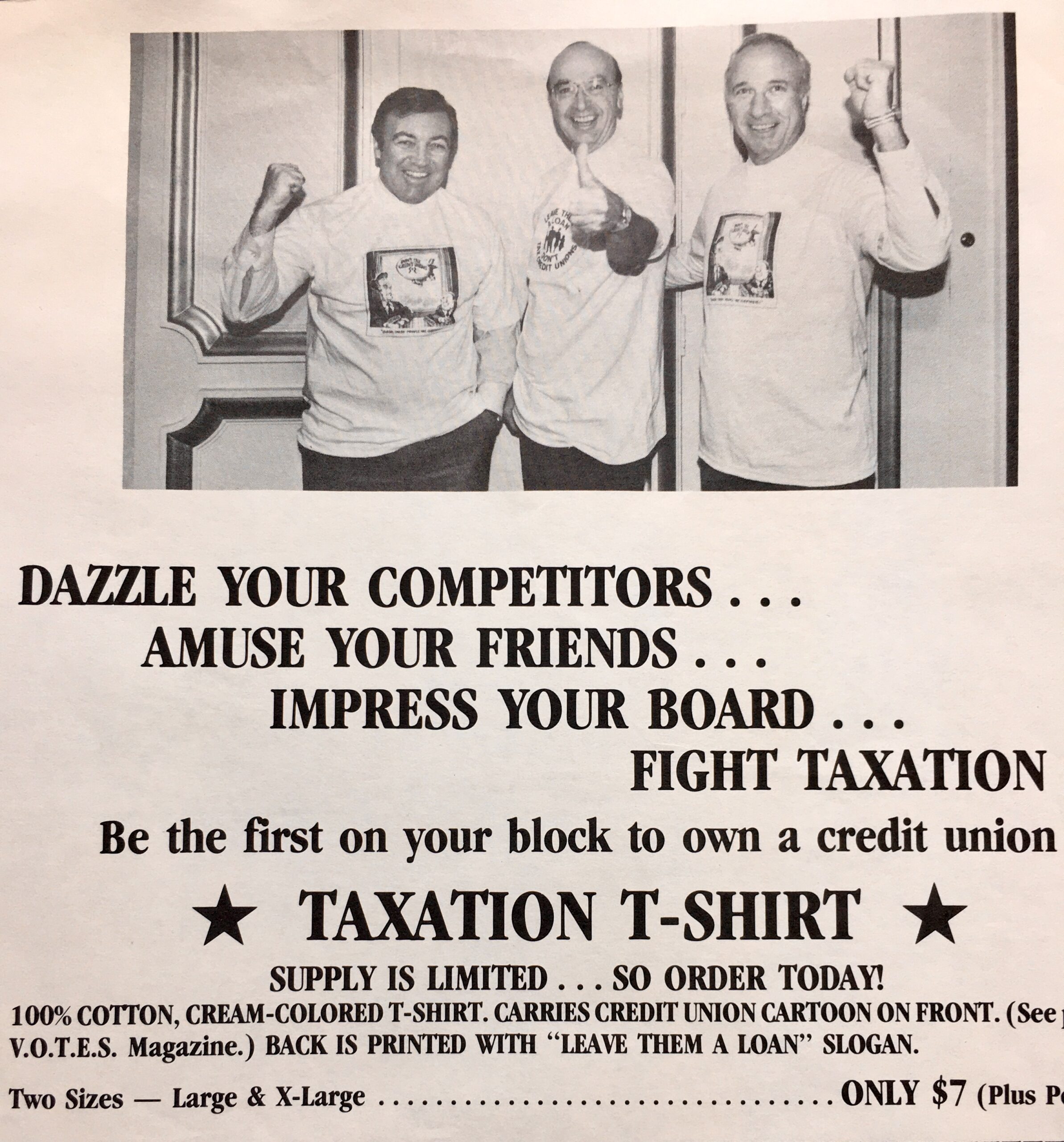(Note correction to spelling of board member Tanya Otsuka’s name from the initial post)
With Chairman Harper on extended medical leave, May’s board meeting was expected to be a routine quarterly review of the financial status of the NCUSIF.
Instead, Vice Chair Hauptman opened with a ten minute critique of NCUA’s new collection of NSF and OD fees from credit unions in future call reports.
Hauptman’s remarks can be heard early in the Board video. He is articulate and energized. The proposal was not discussed at any board meeting. He had not heard about the effort till January. All his suggestions for how to use the information were rejected.
Most importantly he believed the policy implications were intended to push fees downward. This regulatory action would be contrary to the federal credit union act to serve the underserved.
In his view, when a person is short on cash, there are no good options. In many instances, having the payment go through and charged a fee may be best of limited choices. He gave several personal examples of being in this situation.
In addition to adding to regulatory burdens, he believed the effort was prompted by two groups not looking out for credit unions’ best interests:
- The press looking for clickbait headlines;
- Political groups with an agenda.
Board member Otsuka’s response urged that the collection effort’s impact not be prejudged. Members have a right to know this information. This is about safety and soundness and consumer protection.
The Meeting’s Outcome
This is the first time Vice Chair Hauptman has been so outspoken in response to Chairman Harper’s priorities. He has loyally supported new rules, spending initiatives, and staff reports that could have been critiqued on both policy and substantive grounds.
While it is not clear why he chose this topic at this time, the response from Chair Harper absent on medical leave was immediate. He announced the cancellation of the June board meeting. This is after cancellation of the March meeting and a very “light” April agenda which the Chair attended virtually.
The power of board members comes from their participation at public board meetings and from the political process provided by the three person board oversight. This legislative change from a single administrator in 1977 was to ensure no single person had total control over the agency.
Now while physically on leave, Harper is trying to retain his political control by canceling normal board functioning. With a two-person board, both members have to agree on the board’s agenda and concur for any motion to pass. The check and balance still exists.
However Harper’s cancellation of public board meetings stakes away the most important power and venue board members have. He is undermining the Board’s oversight responsibilities and other agency priorities.
Leadership Uncertainties
Harper’s efforts to hold onto his authority while absent raises critical questions for credit unions and NCUA. For credit unions, the reputation and political standing of the Agency is at risk. Who speaks for NCUA? Who is leading the staff? Who sets priorities? With no public meetings, how are the multiple constituencies to which the agency is accountable, supposed to know what is going on?
For NCUA staff, do they respond to queries raised by board members concerning internal and external events-policy and otherwise or just ignore? Does the newly created Office of Business Ethics or the IG have a role in this exercise of absentee leadership? The cancellation of board meetings? The lack of the Chair’s public presence and accountability?
Hauptman may have thought he was just providing an alternate perspective on an Agency data collection effort. But his critique, and Harper’s response, raises a whole new set of consequential issues about the board members’ role in a time of Chair vacancy.
In recent years within NCUA and the broader federal government. when there have defaults of leadership (vacancies and personal management failures) it has been individuals dedicated to their Agency’s mission and the proper exercise of authority that have stepped into the vacuums. Did Hauptman just start this process for NCUA?


.4e964e48.jpg) Been searching for years for the original Indian meaning of that name. Recently, a friend told me he knew the origin. He said, it’s in the dictionary: “Uwharrie” means “unknown”. Really? Asked him for a copy of that reference for my files. Sure enough, the following week, in came a copy of the dictionary definition. It said: “Uwharrie – adj., probably from an ancient tribal name; meaning unknown.” Perhaps I just need to pick better friends….
Been searching for years for the original Indian meaning of that name. Recently, a friend told me he knew the origin. He said, it’s in the dictionary: “Uwharrie” means “unknown”. Really? Asked him for a copy of that reference for my files. Sure enough, the following week, in came a copy of the dictionary definition. It said: “Uwharrie – adj., probably from an ancient tribal name; meaning unknown.” Perhaps I just need to pick better friends…. “Downtown” the candy-striped awnings and improvised handicap ramp of Badin Town Hall and Police Department adjoin the Masonic Lodge #637. Then comes the post office with its single window, fleet of post office boxes, and well-used community bulletin board. Shading the post office is Memorial Park, flanked by a cedar tree honor guard for the seven Badin soldiers who died in World War II. And, out of sight up a short dirt road, is the best named roadhouse on the planet: The Bottom of the Barrel Disco and Cafe; now vacant, having recently burned to the ground. Bet that last party was a great one. Sorry to have missed it!
“Downtown” the candy-striped awnings and improvised handicap ramp of Badin Town Hall and Police Department adjoin the Masonic Lodge #637. Then comes the post office with its single window, fleet of post office boxes, and well-used community bulletin board. Shading the post office is Memorial Park, flanked by a cedar tree honor guard for the seven Badin soldiers who died in World War II. And, out of sight up a short dirt road, is the best named roadhouse on the planet: The Bottom of the Barrel Disco and Cafe; now vacant, having recently burned to the ground. Bet that last party was a great one. Sorry to have missed it! The beauty of Credit Unions used to be something you couldn’t easily wrap, bottle, or “spin”. Badin FCU is no longer there to make a difference – gone the way of merger. There are no longer any banks or credit unions in Badin. The aluminum plant, too, is gone.
The beauty of Credit Unions used to be something you couldn’t easily wrap, bottle, or “spin”. Badin FCU is no longer there to make a difference – gone the way of merger. There are no longer any banks or credit unions in Badin. The aluminum plant, too, is gone.


